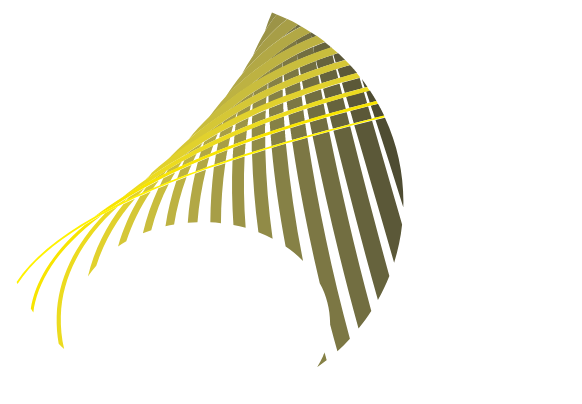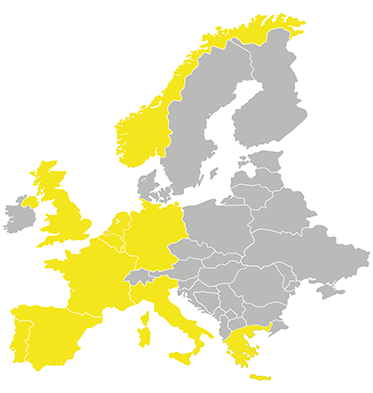According to the European Innovation Partnership on Raw Materials (EIP-RM), 30 million jobs in Europe depend on the availability of raw materials. Among those materials, rare-earth elements (REE) are the one at the highest supply risk. Although the EU is one of the top global consumers of REE, 90% of the EU REE supply chain is fed by China and Europe has no REE refinery capability. The REE4EU pilot project aims to bridge this gap by setting up a novel circular, EU-centred value chain: in other words, recycling rare-earth elements. PNO Consultants helps this pilot technology find its way to the market.
Overview of the REE4EU project
The REE4EU project aims at providing Europe with a stable, circular value chain for REE, in order to supply the demand of – among others – Europe’s fast growing green-technology industries. For this purpose, project coordinator SINTEF and their partner Tecnalia have developed a process to recover rare-earth elements from secondary sources. REE are recovered in two steps: ionic liquid extraction followed by high temperature electrolysis. This will save up to 50% energy in comparison to current state of the art technology.
Objectives of the project: validate new raw materials technology
In this project, the technology will be validated and showcased through a pilot plant, integrated into an existing facility. Different waste feeds will be used to carry out proof-of-concept at industrially relevant scale. First, permanent magnet swarf (PMS) will be targeted. Then, the process will be replicated with end-of-life permanent magnet (PM) and with other end-of-life wastes from an existing battery recycling plant. End product validation will take place by the actual production of an end-of-life permanent magnet, then assessment of the product’s performance. This will provide input to the final proof-of-concept.
Our involvement in the REE4EU project
We have several responsibilities within the REE4EU project:
- We ensure and maximise the impact of the REE4EU project, paving the way for the market uptake of the proposed technology.
- We will identify a relevant audience of stakeholders, policy makers, researchers and investors by performing a stakeholder analysis and market analysis. These activities allow us to build a targeted set of communication and dissemination actions.
- We will prepare a business plan, assessing the profitability of the envisioned REE4EU plant.




